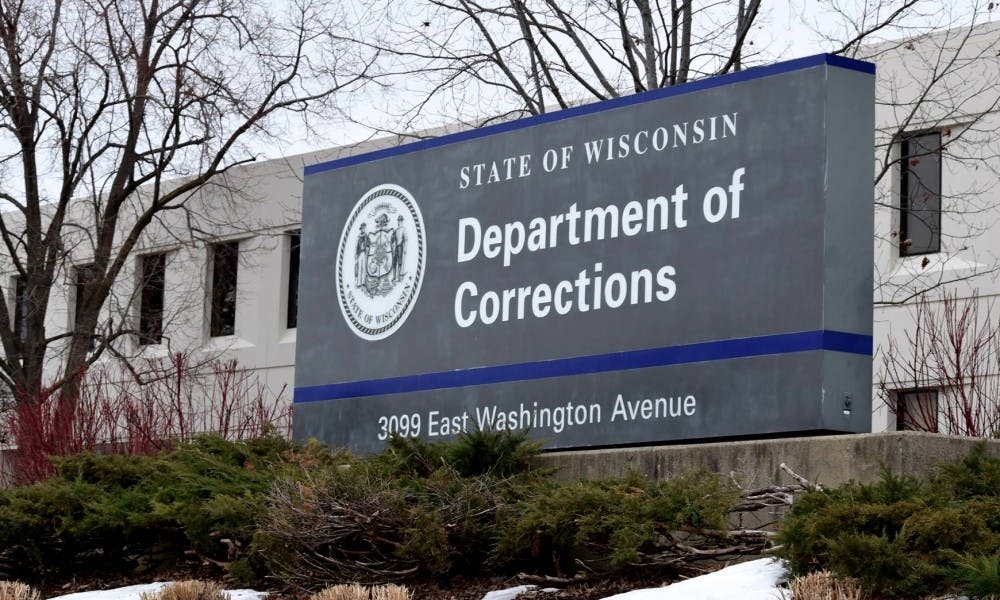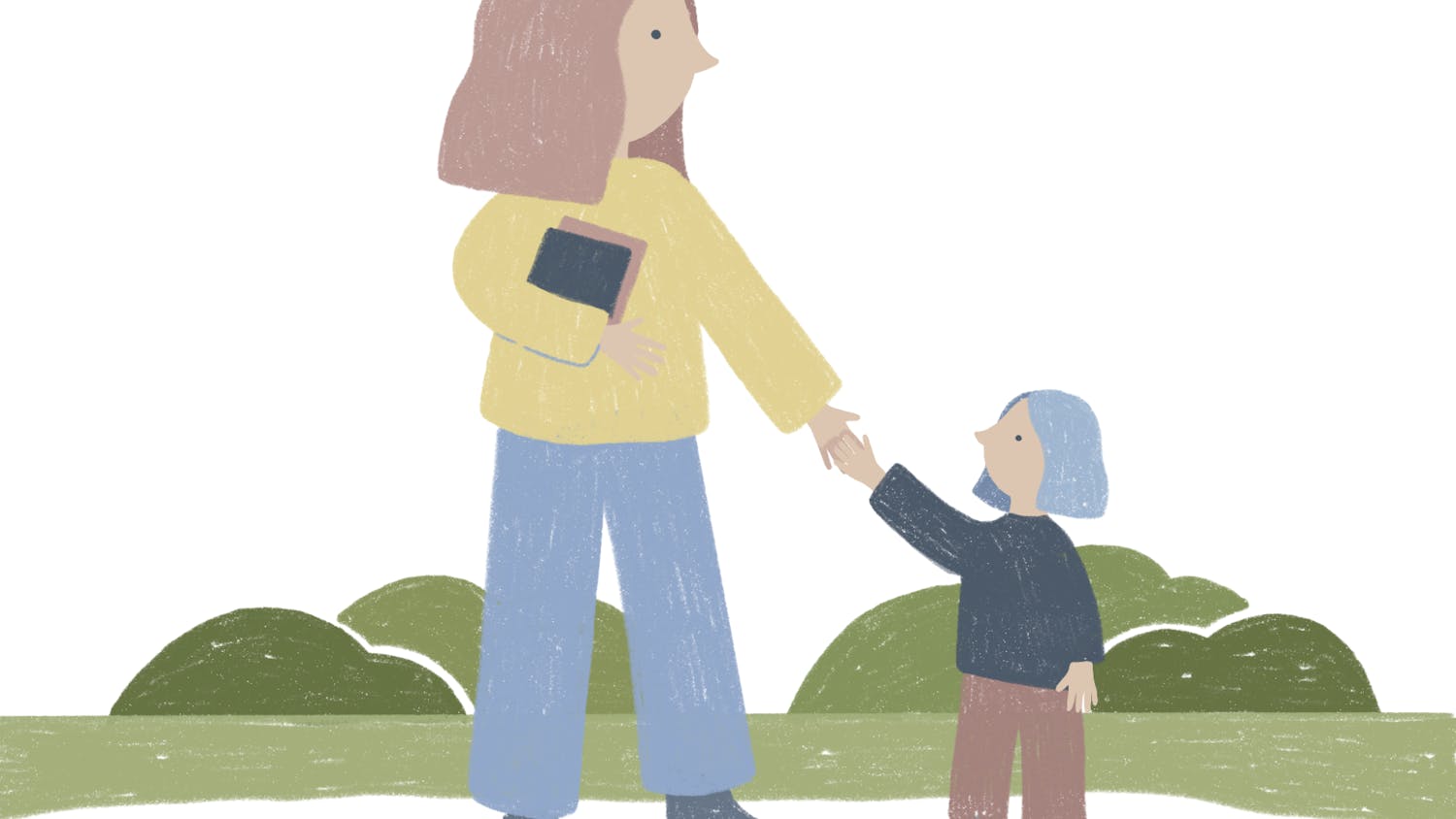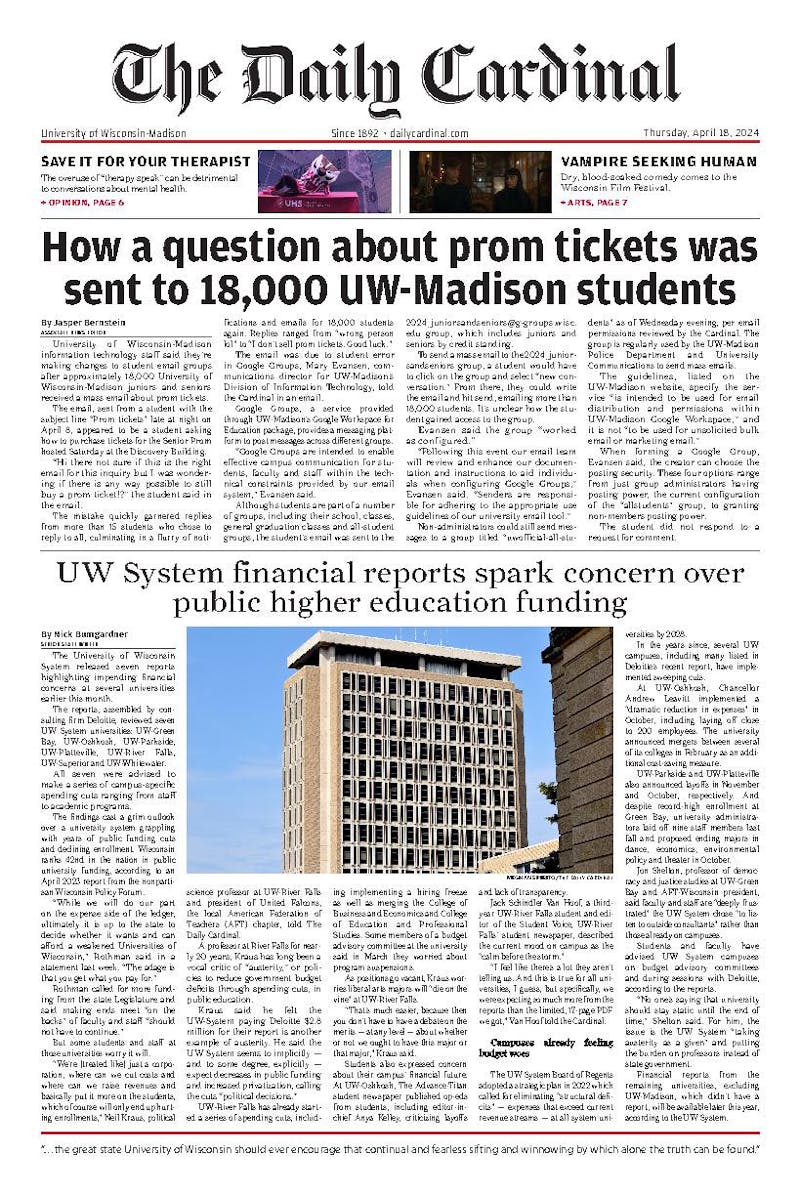The prison industrial complex takes many forms in Wisconsin — whether it be through startling racial disparities in incarceration rates, unsafe conditions in our prisons, or petty convictions of nonviolent offenders. The money-hungry nature of the United States’ prison system is rearing its vicious head in our state, and doesn’t seem to be letting up any time soon.
While Tony Evers included vast criminal justice reform in his campaign platform, and understandably needs more time to uphaul the current system, we must keep him accountable in order to combat the continuous implications of Scott Walker’s many years as governor.
When serving, Walker enacted a “truth-in-sentencing” system, voted to hand off imprisoned Wisconsinites to out-of-state public prisons, was bankrolled by advocates of the Corrections Corporation of America, and authored 27 bills (in a single legislative session, at that) with the intent to increase mandatory minimums, extend the definition of crimes, or diminish parole.
Thus, the Dairy State is left with an overcrowded, underfunded, and arguably unjust criminal justice system.
In June 2019, there were 23,755 people in our state prisons—the designed capacity, however, hovers around 17,830. In addition to the human rights violations associated with such crowding (e.g. poor ventilation, excessive heat) comes a hefty price tag. The Milwaukee Secure Detention Facility, which opened in 2001 for those prisoners who violated parole, has a daily operating budget of over $109,000.
This is one of the less startling statistics, unfortunately, when considering the racialized nature of Wisconsin’s criminal justice system.
In Dane County in 2002, black folks were sent to prison on drug offenses 97 times more than white folks were, according to the Justice Policy Institute. Similarly, the 2010 Census found that 4,042 of every 100,000 black males in Wisconsin are incarcerated, versus 416 of every 100,000 white males.
Most alarming, in terms of the continuous impacts on segregation and inequality in the distribution of resources, at least, was a 2016 finding by a teenager with the Young, Gifted, and Black Coalition. Lew Blank discovered that, according to the Racial Dot Map, 31 of the 56 areas referred to as “black neighborhoods” in Wisconsin were actually jails or prisons.
On the other hand, there is also a heavy concentration of prisoners released into already-segregated and at-risk communities like Milwaukee County — nearly one-third of statewide releases in 2016 — without the proper resources and intervention infrastructure to ease the difficult transition home after incarceration. The strain of incarceration on mental health is known to be arduous on individuals, family units tend to be heavily impacted, and the economic implications can put even more stress on marginalized communities.
These inequitable realities, paired with other burdening factors, suggest that without intervention, this phenomena will only continue to profit and exacerbate racial tensions.
For example, over 50 percent of Wisconsinites who went to prison in 2013, were sent due to nonviolent parole violations. These revocations can range from missing a meeting with a supervising officer to drug-related offenses to owning a firearm after receiving a felony. While there should be some form of conditions of release, our already crowded and underfunded prisons should not be filled continuously with nonviolent offenders — who oftentimes could benefit from some sort of treatment, training program, etc. — but rather dangerous members of society who intentionally have put others at risk.
Unfortunately, however, beds will be filled and more people (disproportionately people of color) will be incarcerated, effectively completing a cycle of profitable imprisonment.
While Evers and his administration theoretically have the power to grant clemency, or in some cases reduce sentences, without further legislative cooperation, the real leg work — slashing maximum sentences, transitioning to a treatment-based criminal justice system — require concurrence with a Republican-majority state legislature.
We must hold our legislators accountable. By advocating to achieve a just and equitable criminal justice system, we can the necessary steps to not only dismantling institutionalized racist practices, but also to enforce reparations for marginalized populations in our state.
Sam Jones is a senior majoring in Journalism, with certificates in Environmental Studies and Development Economics. How do you think the state needs to address its prison industrial complex? All comments should be sent to opinion@dailycardinal.com.






